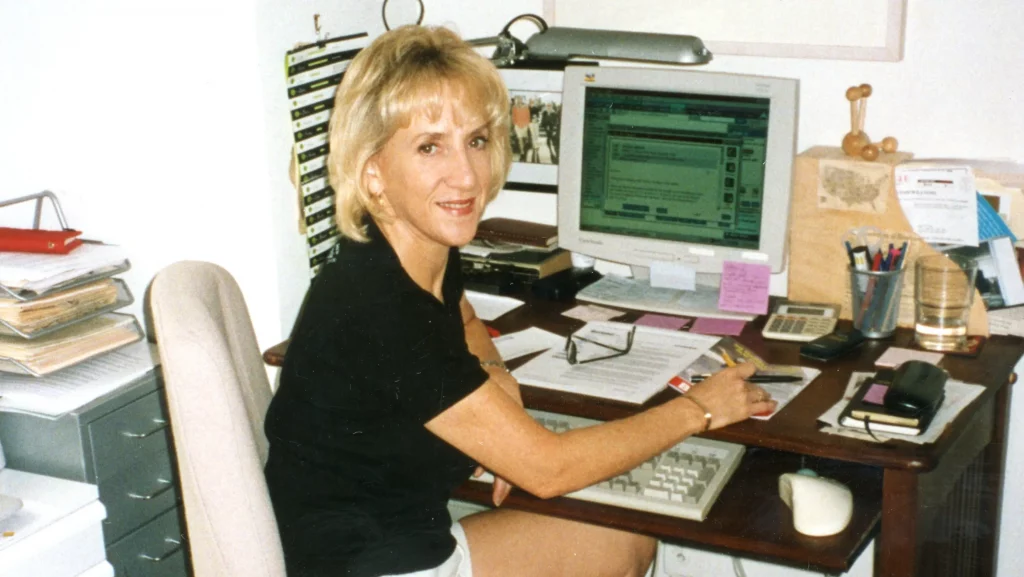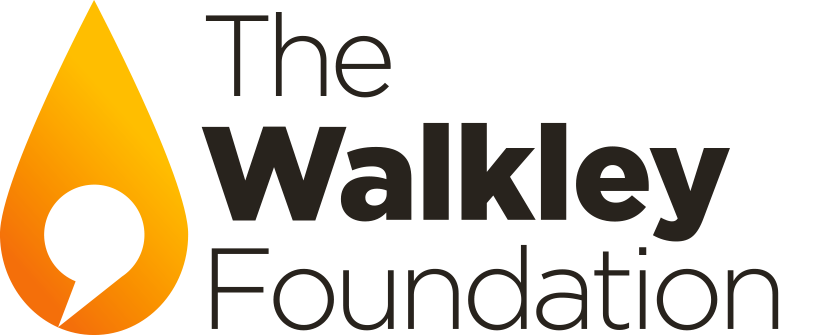
By anybody’s standards, writing a book about the media empire you happen to be employed by could be considered brave, foolhardy, or both. But in 2013 Pamela Williams won the Walkley Book Award for her book Killing Fairfax, which detailed the savage wars in the Australian media industry and the collapse of the Fairfax rivers of gold – the classified advertising base.
It was, perhaps, the same bravery that launched her journalism career in the most terrible of personal circumstances. “Journalism saved my life,” says Williams from her home in Wombarra on Sydney’s south coast. “When I was 21, my daughter Zoe was born, but when she was four she was diagnosed with a very rare cancer of the head and face. She died after a long fight, when she was almost nine, and I was destroyed. I was a single mum, and I was cut off from the government’s supporting mother’s benefit six weeks later, because I was no longer a mother.”
It was the thought of what Zoe had endured that kept Williams on the planet. “I was 30, and I had nothing. I had no career and no training. But I thought I could write. My mother was a computer programmer, and I asked if I could interview one of her friends, a prominent tech pioneer. I offered it to The Age and to my amazement they ran it.”
Williams had also joined a group called the Australian Skeptics, founded by ad man and columnist Phillip Adams to expose fake psychics and faith healers. “I was so incensed there were people who tried to take advantage of my daughter’s illness to push wacky cures at me that I wrote a long letter to The Bulletin and they ran it. Phillip was a great inspiration. He said to me later that the best advice he could give me to find a way forward was to work hard. And so, I started writing.”
It wasn’t long before Williams got her first investigative tip – a story about the Builders Labourers Federation in Victoria. She taught herself how the Freedom of Information system worked and contacted David Armstrong, the editor of The Bulletin in the mid-1980s. Armstrong told her to send the story in and she duly filed 10,000 words. The Bulletin phoned her back to tell her they didn’t run 10,000-word pieces. She chopped 6000 words – the biggest cut she’s ever made, given she later made her name with stories that sometimes ran to 16,000 words.
Since then, Williams has blazed a trail where most would fear to tread, winning six Walkley Awards, including the Gold Walkley in 1998 for her series of stories “A plan to smash a union”, a year-long investigation into the Howard Government’s role in the 1998 attempt to destroy the waterfront unions. She has worked in New York and Sydney and, after consolidating her career on BRW magazine, has spent most of her working life at The Australian Financial Review. She worked in the early 1990s for the ABC as executive producer of the 7.30 Report, and for several years at The Australian newspaper.

For anyone interested in politics, Williams’ election coverage has been essential reading since the 1996 election that swept John Howard to power.
Williams has also been a constant mentor to other journalists, including former Sydney Morning Herald cadet, now New York Times political reporter, Jonathan Swan. “It’s a way to have a sense that you are helping leave a legacy behind,” she says.
Williams, who grew up in Melbourne and Jakarta, says she has always been strong, but she is sure the loss of her daughter forced her to develop resilience. She had no choice. “I found I had a capacity to walk through walls when I had to, to get to the end of anything,” she says.
In her long career in journalism, Williams is noted for never leaving a detail unexamined – there are no phone calls left unmade or trails left unexplored. The hallmark of her work is deep and incisive journalism.
By Candida Baker


